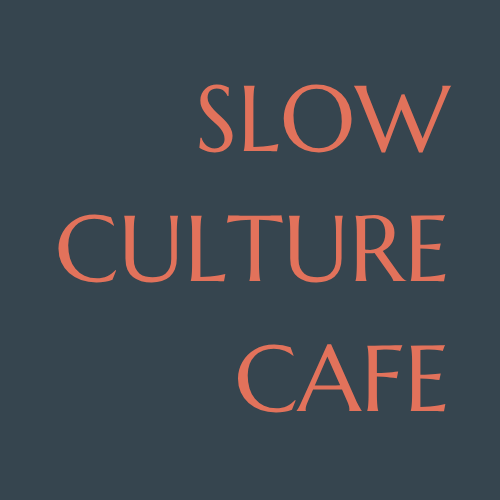From Scratch and From Within: The New Rhythm of Nourishment
In recent years, a quiet shift has taken place in kitchens, farmers’ markets, and early morning routines across North America. It’s not driven by fad diets or the latest fitness craze, but by something deeper—a return to self-awareness, to slowness, to intentionality.
Cookbooks used to be piled up on the shelves in the kitchen. But did we really cook recipes from these cookbooks like our parents or grandparents did?
Then there were blogs and apps to help us eat better, organize our day more efficiently with food or count calories.
In the frozen food section of supermarkets, we still find many ready meals and the really nice weekly markets for fresh and healthy food are usually very far away, regardless of whether you live in the country or in the city.
Thanks to a clear shift towards mindful food handling, a new attitude to life has emerged today that is based on the old values of cooking with fresh food. More and more, people are choosing to eat well to live well, embracing a lifestyle where nourishment becomes a central ritual rather than a side note.
This cultural movement is rooted in the understanding that a healthy body and a healthy mind always belong together for a balanced lifestyle. Today’s consumer is highly proactive—seeking not just to look better, but to feel better, think more clearly, and live with greater ease. From daily movement practices to choosing natural foods that support mood and metabolism, the new wellness paradigm is holistic and intentional.
At the heart of this shift is a revival of from-scratch cooking. Where once convenience reigned—packaged snacks, delivery apps, processed shortcuts—there’s now a growing preference for fresh, seasonal, and unprocessed ingredients. Whether it’s baking sourdough, preparing brothy soups, or simmering grains on the stove, people are finding healing in the kitchen. Scratchcooking is no longer about complexity or culinary perfection; it’s about nourishing yourself with care and attention.
This goes beyond the plate. It’s about reclaiming food as a ritual, not a rush. Preparing meals has become a way to slow down, to disconnect from screens, and to reconnect with the senses. Chopping vegetables, kneading dough, seasoning with intuition—these simple acts offer a form of cooking therapy that calms the nervous system and grounds the mind. It's a form of self-respect, a way to embody the idea that a healthy mind and a healthy body are more than a hashtag—it’s a lived experience.
We see this reflected in everything from grocery habits to how kitchens are designed. Fridges are filled with fresh herbs, vibrant produce, fermented staples, and homemade stocks. Cupboards now hold fewer packaged goods and more glass jars of grains, nuts, seeds, and teas. Even the act of meal planning has taken on new meaning, aligning with functional nutrition goals that support immunity, gut health, and cognitive clarity.
For many, this is also about rediscovering a sense of cultural identity. Foodculture is being explored and honored—not in restaurants alone, but in home kitchens, where ancestral recipes are dusted off, ingredients are sourced thoughtfully, and shared meals once again become central to family life. Cooking, once a task outsourced or avoided, has become a creative and mindful practice of intentionalhealth.
This trend isn’t isolated. It’s part of broader wellness trends that emphasize balanced living and a fresh start approach to daily life. Just as we might journal in the morning or go for a sunset walk, we’re also carving out space for thoughtful meals and slowing down our relationship with food. It’s a practice of slowwellness—a gentle rebellion against hustle culture in favor of rhythm, rest, and renewal.
We are, in essence, designing lives that prioritize well-being not just on weekends or holidays, but in the everyday. Through daily rituals—a nourishing breakfast, a lunchtime pause, a family dinner—wellness becomes part of the fabric of our lives. And in doing so, we discover that the act of preparing food can be as transformative as the food itself.
So here’s to the return of the simmering pot, the humble chopping board, the evening meal that nourishes more than just hunger. In this fresh chapter of modern nourishment, health is not something to chase, but something to cultivate—from scratch, and from within.

